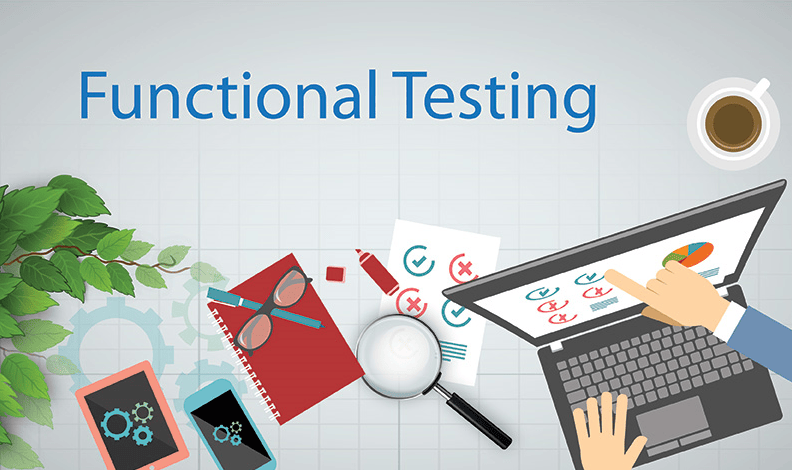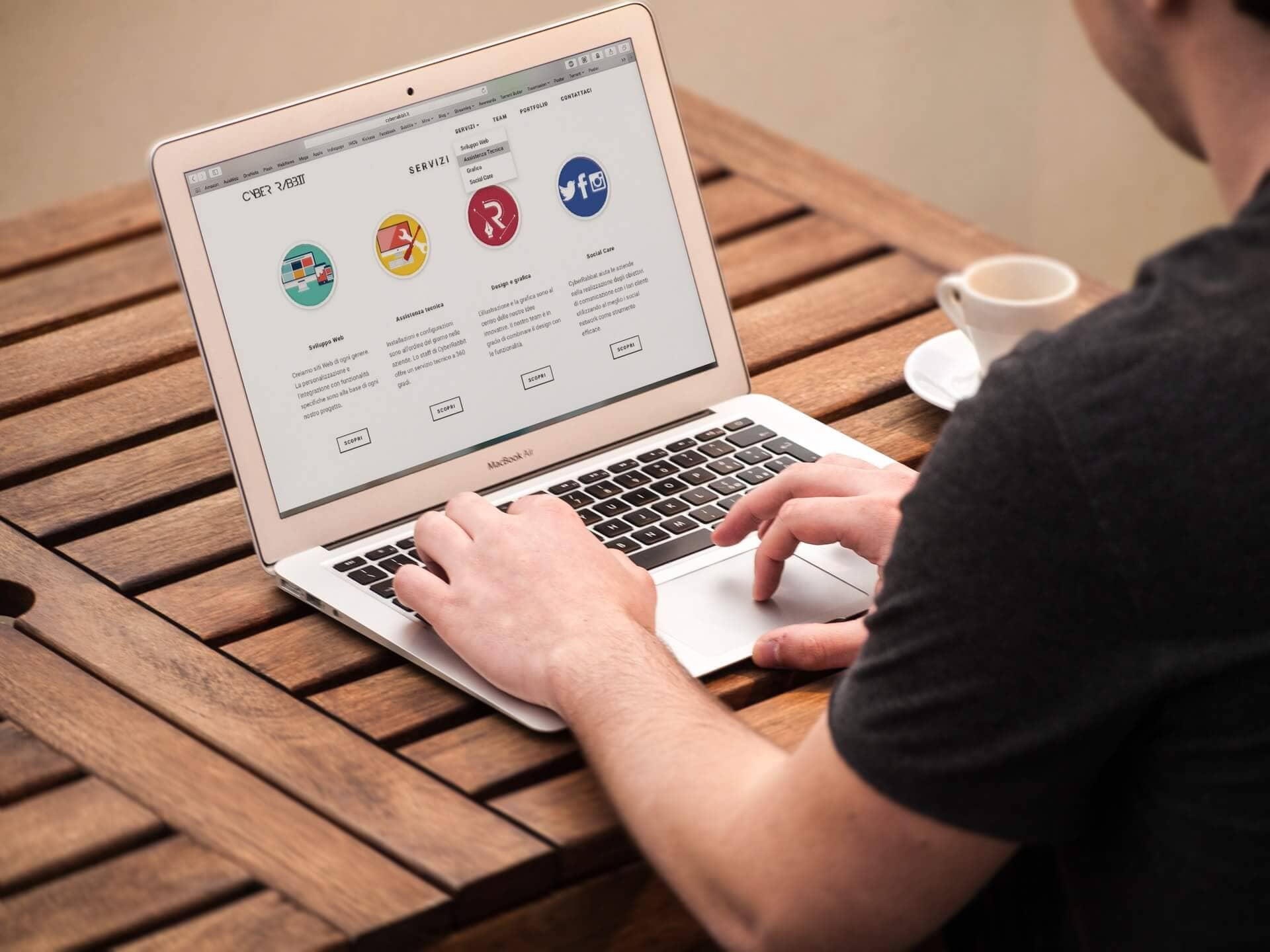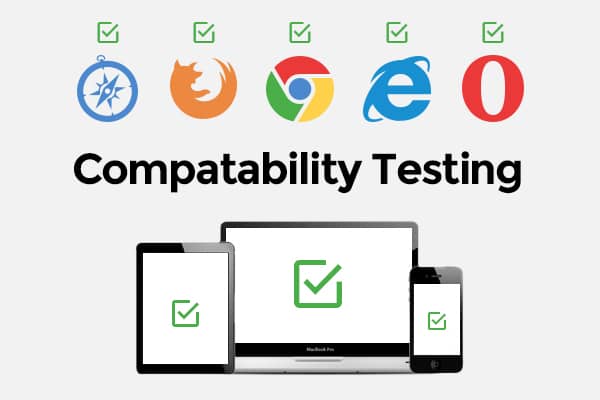
A growing number of web applications are being developed these days. With every line of code that is written, new bugs are created. It is generally true that the more time passes after discovering bugs, the more expensive they are.
During a study conducted by the Systems Sciences Institute at IBM, they found that the cost of detecting and fixing errors after a product is released was 4 to 5 times that of solving one during design and as much as 100 times that of repairing one while the product is being maintained.
Table of Contents
An analysis by the University of Cambridge found that software bugs caused $312 billion in economic damage worldwide each year.
Seeing these numbers emphasizes the importance of finding bugs early in the development process and thoroughly testing an application before release.
This is why web application testing is extremely important. Multiple steps are usually involved in testing a web application to verify its functionality and ease of use.
A functional test is one of the most important parts of web development and makes sure an app is working properly before it is released.
Here is a six-step guide to help you know what kinds of tests you need to run to test your application. Here we go!

During web testing, the first step is to ensure that the system’s functions are tested. As described on Wikipedia:
A functional test is a quality assurance (QA) process based on the specifications for the software component being tested and is a type of black-box testing.
Unlike white-box testing, function testing is usually performed by passing input and examining the output, not by considering internal program structure.
In functional testing, the source code for the system is tested against functional requirements and specifications.
A functional test consists of identifying functions that software is supposed to perform, data inputting and entering, the execution of the test case, and concluding with an analysis of the actual results.
During functional testing, systems are simulated in real-world environments. In this approach, the idea is to simulate real-world system usage as closely as possible and create test conditions related to users’ requirements.

Unlike functionality testing, usability testing combines both testings for functionality and the overall user experience.
Usability tests should not be confused with User Acceptance Tests. Although both are crucial to the success of web applications, they each have very different goals and are carried out at different phases of the software development life cycle.
Your internal testers can test your software, or you can get external testers that fit your potential user base. To find external testers for app store applications, you can use services like Apple’s TestFlight.
The Steps Around Usability Testing are as follows:

It is the responsibility of the interface tester to ensure smooth interaction between the web server and application server interfaces.
During this process, it is important to check communication processes and confirm the display of error messages is correctly formatted.
The server should also be tested for its ability to handle interruptions both by the user and the server.

A key step in web application testing is checking that your application works on all browsers and devices. Compatibility testing includes the following factors:
Check to ensure that your application works correctly on each web browser. Among other things, this involves checking JavaScript, AJAX, WebSockets, browser notifications, and authentication requests to make sure they work as intended.
LambdaTest, a cross-browser testing cloud, is recommended for browser compatibility testing. Lambda allows users to test their website across 2000+ real browsers and operating systems.
As well as ensuring that your application runs in all browsers (yes, even Internet Explorer), you should also make sure it works in different versions of each browser to determine if any updates have affected its functionality.
On some operating systems, your web application might encounter problems, just like it did with different browsers. You should ensure it runs smoothly on Windows, macOS, Linux, and Unix.
Most software today is compatible with mobile devices. Testing your application across multiple platforms and ensuring that it works just as well on Android as it does on iOS is an essential element of web testing.

It is time to check the performance of your application under heavy load after ensuring that its functionality works properly and is responsive on all browsers and devices.
Testing includes how the application behaves at different internet speeds and during peak and normal loads (load testing). In order to find out when an application breaks, it is stressed steadily until it stops working (stress testing).
Resiliency testing is crucial if you want to determine how your application will react under stress before your users do.
Be sure to test your application’s functionality in different scenarios and hardware configurations, and make sure it recovers and possibly from crashes.

By testing your web application in the final stage, you make sure it’s protected from unauthorized access or destructive acts caused by viruses or malicious software. The following are the steps of the security testing process:
It is useful at this point to develop a security testing checklist, as it aids you in organizing and arranging your testing efforts. A security testing checklist should cover certain tasks, including:
ThemeLooks specializes in full-stack web development, from front-end coding to custom theme development, to UI/UX design, using PHP CMS such as WordPress, Bootstrap framework, jQuery, HTML5, CSS3, and Javascript. Most importantly, ThemeLooks provides WHMCS integration with most of its themes.
Among the customizations offered by ThemeLooks are front-end coding, WordPress theme development, UI and UX design. UI and UX design is handled by the company’s experts to help businesses attract, engage, and retain customers quickly and easily.
All the steps mentioned above are being followed by ThemeLooks for web application testing. Moreover, if you want to create any WordPress website, you’ll need themes and plugins. ThemeLooks provides all kinds of themes and plugins for you to make your business more profitable than ever before. Please check out WordPress Themes and HTML5 Templates.
ThemeLooks is also a successful member of the Envato market since April 2014. Please check all the themes, templates, and plugins available here. You’ll certainly find whatever you’re looking for this long. All these themes, templates, and plugins are tested following the above steps.
The above explained are the six steps that you need to follow when testing a web application. By following these steps prior to rolling out your app, you will be able to detect any bugs and errors earlier, and you will be able to fix them before it’s too late.